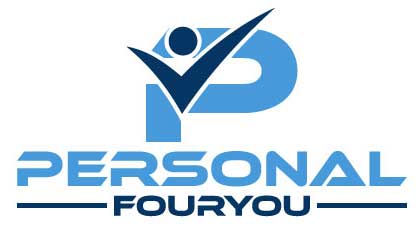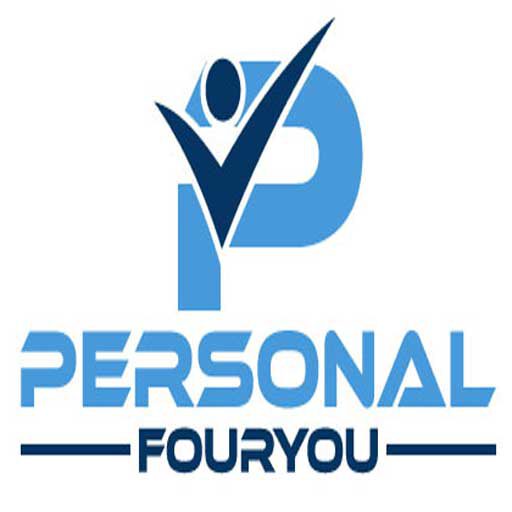
Prawo Jazdy Bez Praktyk
Eine Bewertung hinzufügen FolgeÜbersicht
-
Gründungsdatum Juni 24, 2018
-
Sektoren Compliance-Manager
-
Gepostete Jobs 0
-
Gesehen 64
Beschreibung des Unternehmens
A List Of Common Errors That People Make Using Buying Driving License
Understanding the Process of Obtaining a Driving License: A Comprehensive Guide
In today’s hectic world, the ability to drive is frequently viewed as a requirement rather than a luxury. Whether for commuting to work, running errands, or embarking on road journeys, a driving license is a crucial document that gives people the legal right to run a motor car. Nevertheless, the process of getting a driving license can be complex and varies significantly from one nation to another. This article intends to provide a detailed, useful guide on the actions associated with acquiring a driving license, including the requirements, the application process, and some frequently asked concerns.

The Importance of a Driving License
A driving license is more than simply a notepad; it is a sign of responsibility and a testament to a person’s capability to safely run an automobile. Holding a valid driving license not just enables one to drive lawfully but likewise supplies a sense of independence and movement. Additionally, a driving license is frequently required for various other purposes, such as recognition, renting a car, or perhaps obtaining particular jobs.
General Requirements for Obtaining a Driving License
While the specific requirements for getting a driving license can vary by country, there are some typical components that are typically needed:
-
Age Requirements: Most countries have a minimum age requirement for getting a driving license. For instance, in the United States, the minimum age to obtain a learner’s authorization is generally 15 or 16, while the minimum age for a full driver’s license is normally 16 or 17.
-
Residency Requirements: Applicants should normally be residents of the state or nation where they are making an application for a license. Evidence of residency may be required, such as an utility bill or lease contract.
-
Vision Test: A vision test is frequently required to make sure that the candidate has adequate eyesight to securely operate an automobile. This test is normally performed at the Department of Motor Vehicles (DMV) or a similar firm.
-
Understanding Test: Before obtaining a student’s authorization or a complete license, applicants should pass a composed understanding test. This test covers traffic laws, road indications, and safe driving practices.
-
Driving Test: After passing the understanding test and holding a student’s permit for a specific duration, candidates must pass a practical driving test. This test evaluates the applicant’s ability to safely operate a lorry in various driving conditions.
-
Application and Fees: Applicants should submit a finished application type and pay the required fees. The application process may be conducted online, personally, or by mail, depending upon the jurisdiction.
The Application Process
The procedure of obtaining a driving license can be broken down into a number of essential actions:
-
Study the Driver’s Handbook: Before looking for a learner’s permit, it is necessary to study the driver’s handbook, which is readily available from the DMV or online. This handbook includes all the required information about traffic laws, roadway indications, and safe driving practices.
-
Take the Knowledge Test: Once you have actually studied the handbook, you can set up and take the knowledge test. This test is usually multiple-choice and covers the material in the handbook. If you pass, you will be issued a student’s license.
-
Practice Driving: With a learner’s authorization, you can begin practicing driving under the supervision of a certified adult. The quantity of practice needed differs by jurisdiction, but it is usually recommended to get as much practice as possible.
-
Arrange the Driving Test: After holding a student’s permit for the required duration and completing the required practice, you can set up the driving test. This test is performed by a DMV examiner and examines your ability to securely operate a vehicle in real-world conditions.
-
Pass the Driving Test: If you pass the driving test, you will be released a complete motorist’s license. If you do not pass, you may need to retake the test after a specific duration.
-
Receive Your License: Once you have actually passed the driving test, you will receive your driver’s license. In some jurisdictions, you might receive a short-term license right away, with the permanent license arriving by mail within a few weeks.
Regularly Asked Questions (FAQs)
Q: Can I use for a chauffeur’s license if I am not a resident of the nation?
A: Yes, in most nations, non-citizens can make an application for a driver’s license if they satisfy the residency requirements. Evidence of legal residency, such as a visa or work authorization, might be needed.
Q: How long does it require to get a motorist’s license?
A: The time it takes to get a motorist’s license can vary depending on the jurisdiction and the individual’s progress. Usually, the procedure can take several weeks to a couple of months, including the time spent studying, practicing, and scheduling tests.
Q: Can I use an international motorist’s license in another nation?
A: An international chauffeur’s license (IDL) is acknowledged in numerous countries, however it is usually only valid for a brief period, generally as much as one year. It is constantly a good idea to check the particular requirements of the nation you are checking out to ensure that your IDL is accepted.
Q: What should I do if I lose my motorist’s license?
A: If you lose your motorist’s license, you ought to report it to the DMV as quickly as possible. You will need to use for a replacement license, which may include paying a charge and supplying proof of identity.
Q: Can I upgrade my chauffeur’s license to include additional lorry classes?
A: Yes, you can upgrade your motorist’s license to include additional vehicle classes, such as bikes or commercial vehicles. This usually involves passing extra knowledge and driving tests particular to the vehicle class you want to add.
Getting a driving license is a significant milestone that needs commitment, study, and practice. While the process can be challenging, the rewards of increased movement and self-reliance make it well worth the effort. By following the steps outlined in this guide and preparing completely, individuals can successfully navigate the procedure and become safe, accountable chauffeurs. Whether you are a novice applicant or prawa jazdy b bez egzaminu aiming to update your license, comprehending the requirements and treatments is the first action toward achieving your objective.
Extra Resources
- Driver’s Handbook: Available from the DMV or online, this resource provides essential details on traffic laws and safe driving practices.
- DMV Website: The official site of your state or country’s DMV is an important resource for info on the application procedure, costs, and screening places.
- Driving Schools: Consider enrolling in a driving school for professional instruction and practice, particularly if you are a first-time motorist.
By taking the time to prepare and comprehend the procedure, you can confidently move forward with getting your driving license and taking pleasure in the flexibility and benefit that includes it.

